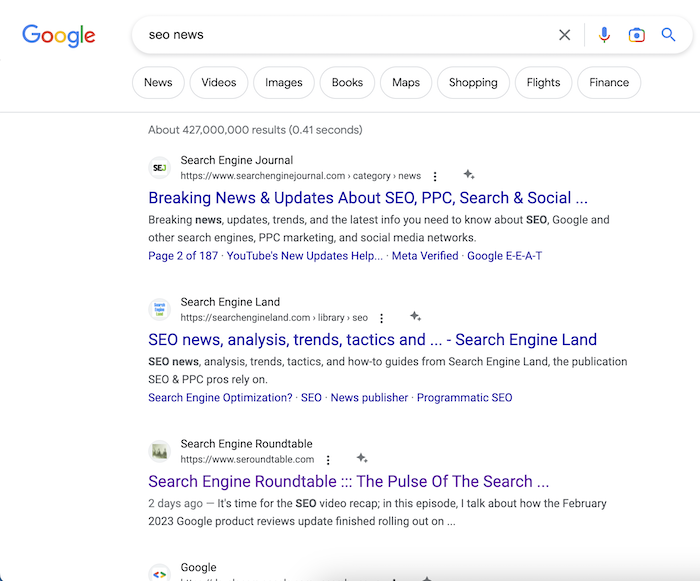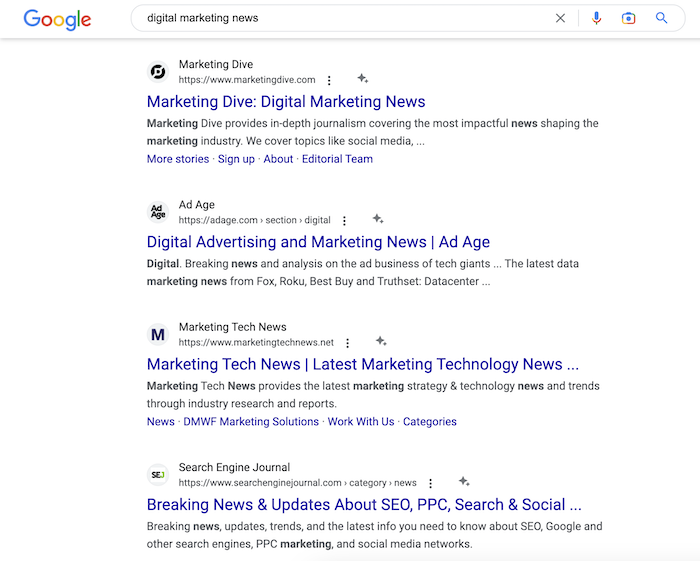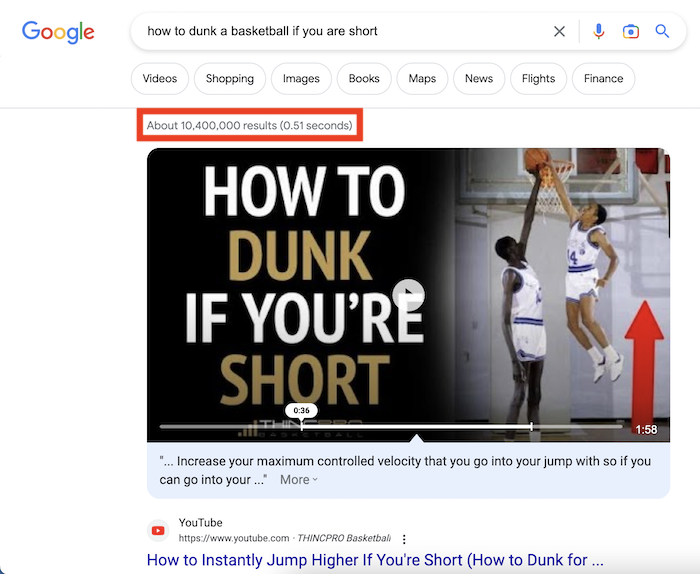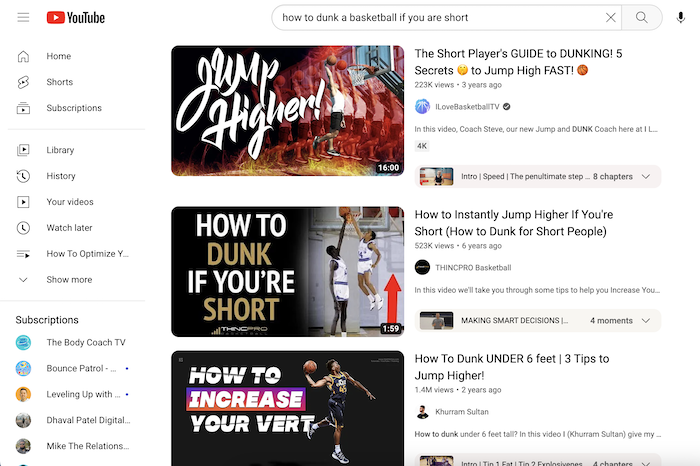- Do you find it challenging to attract viewers to your well-written content? Even if you produce video, audio, or image-based content, it can be difficult to garner likes, shares, and engagement. According to most marketers, this is due to the vast amount of content available, making it hard to stand out. However, the problem is simpler than that.
- Hint: regurgitated content.
Old content
By old content, we're not referring to something written a year or two ago. We're referring to regurgitated content. Have you ever read an article on the best Chrome extensions or how to rank first on YouTube? There's nothing new about these topics. Even if you're writing about them for the first time, they've already been done to death.
However, if you talk about how marketers are adapting their budgets in 2023 with all this economic turmoil, or how Google has released a new best practices link guide that hasn't been widely discussed, people are more likely to want to read it or learn about it. It doesn't matter what format you use; people crave novelty.
And they don't just want new content from you; they want new content from the entire web. That's why news websites do so well and push breaking news so hard. It's what everyone wants to read.
So, what should you do with your content?
Focus on new topics
If people don't want to read regurgitated content, don't waste your time creating it. Unless you know how to build links and rank it on Google to get that ever-green SEO traffic, which takes a long time to see results .
Instead, focus on new content that people want to learn about. Follow these three basic steps to help you:
Step #1: What's trending this week (or ideally today)
What's the talk of the town in your industry? You should have news websites in your field. Even if there are SEO news websites like Search Engine Land, there should be a news website in your area covering what's hot. This should give you an idea of what people want to read about right now.
If you're having trouble finding news websites in your industry, just Google: [industry] news. For example, for my industry, I might Google "SEO news" or "digital marketing news." Google will provide you with a list of news websites to explore and read regularly. When conducting these searches, avoid sponsored results.


Step #2: Use Google Suggest data
Visit websites like Answer the Public to see what people are searching for in your industry right now. The data is constantly being updated.
For instance, if I want to know what's hot in "digital marketing," I go to Answer the Public, type that in, and it gives me a comprehensive list of keywords with search volume.
If you create content that people are currently searching for, they're more likely to engage with it because these are the topics that interest them right now.
Step #3: Ensure it's a low-result keyword
Before you waste time creating content, whether for social media or to rank on Google, run a quick search.
For example, if I were to create content on how to dunk a basketball if you're short, I'd Google that term and other similar terms.

If you see that there are already millions of results, move on to checking YouTube, TikTok, and Instagram to see if there are already too many videos on that topic.

However, keep in mind that just because a topic has millions of results doesn't mean it's not worth pursuing. Look at the search results carefully to see if most of them are exactly what people are searching for or if there's still room for a unique angle.
In summary, when looking for content ideas, focus on topics that:
- Are currently trending and being talked about by news sites in your industry
- Are popular according to tools like Answer the Public and people are searching for them
- Have few direct results on Google and social media platforms
Step #4: Craft a compelling headline and hook
Once you’ve identified a low-result keyword, the next step is to craft a headline that grabs people's attention and entices them to click through to your content.
Your headline should clearly and concisely convey what your content is about and why it's worth reading, watching, or listening to.
One way to create a compelling headline is to use numbers or listicles, like "10 ways to improve your productivity" or "5 easy recipes for busy weeknights." These types of headlines are proven to perform well because they promise actionable advice or information that readers can use.
But don't rely on numbers alone. Your headline should also convey a sense of urgency or excitement. Use strong language and power words that evoke emotion and create a sense of anticipation.
Once you've crafted a great headline, the next step is to create a hook that draws people in and keeps them reading, watching, or listening.
Your hook should build on the promise of your headline and provide a glimpse of what readers can expect from your content. It should be engaging, informative, and set the tone for the rest of your piece.
Step #5: Create valuable and engaging content
With a solid keyword, headline, and hook in place, it's time to create the content itself.
Whether you're creating a blog post, video, or podcast, your content should be valuable, informative, and engaging. It should provide readers with the information they're looking for while also entertaining them or sparking their curiosity.
One way to create engaging content is to use storytelling. People love stories, and incorporating them into your content can help to make it more relatable and memorable.
Another tip is to use visuals. Adding images, videos, or infographics to your content can help to break up long blocks of text and make it more visually appealing.
And finally, make sure your content is easy to read, watch, or listen to. Use short paragraphs, subheadings, and bullet points to break up your content and make it more scannable.
Your hook should build on the promise of your headline and provide a glimpse of what readers can expect from your content. It should be engaging, informative, and set the tone for the rest of your piece.
Step #6: Promote your content
Once you've created your content, it's time to promote it. Share it on social media, email it to your subscribers, and consider reaching out to influencers or other content creators who might be interested in sharing it with their audience.
But don't just share your content once and forget about it. Keep promoting it over time, and consider repurposing it in different formats or for different platforms. For example, you could turn a blog post into a video or create a series of social media posts based on the content.
Conclusion
Producing popular content doesn't have to be complicated. By following these simple steps, you can create content that resonates with your audience and drives traffic to your website or social media channels.
Creating content that is fresh and original is key to standing out in a crowded online space. By focusing on topics that are both popular and have low competition, you'll be well on your way to creating content that drives traffic and engagement.

